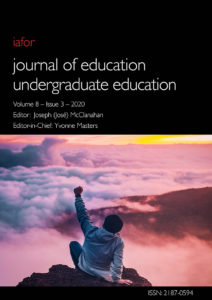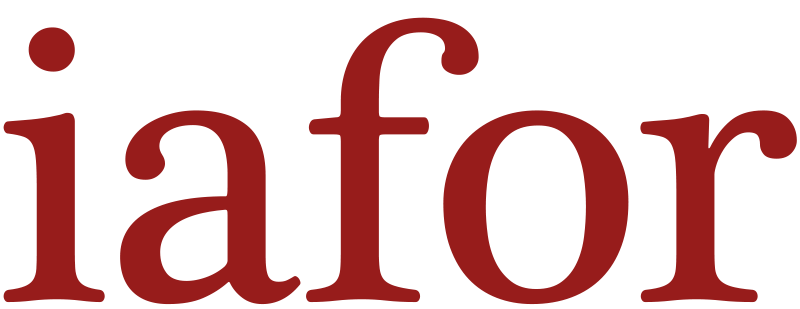IAFOR Journal of Education: Volume 8 – Issue 3 – Undergraduate Education
Editor: Joseph (José) McClanahan
Editor-in-Chief: Yvonne Masters
Published: September 11, 2020
ISSN: 2187-0594
https://doi.org/10.22492/ije.8.3

What has changed since 1956 and Bloom’s Taxonomy is how we meet these educational objectives. Our students are not the same. We have had several generations pass through our university doors. The “Baby Boomers” (born 1946-1964), the “Gen X” (born 1965-1980), the “Millennials” (born 1980-1994), and the current ‘Gen Z’ (born between 1995-2015) represent the diversity of our students and the work we do as educators needs to adapt accordingly. The educational circumstances change and how we realize our objectives must follow suit. Each generation has characteristics and qualities that make them unique; as such, it is imperative for us to rethink the ways in which we maintain the same, high academic standards in a new context that engages our students where they are. Noted generational researcher Neil Howe (2014) explains that today’s students possess characteristics such as “having extremely protective parenting, a turn toward traditional parenting, a push for academic achievement, and a renewed focus on social development” (paras. 4-6). Understanding these new contexts of our students permits us to refocus our attention on developing different types of learning opportunities, regardless of the discipline in which we teach. Just as we tell our students that “knowledge is power”, the same idea applies to us. Knowing more gives us the capacity to educate better.
Therefore, I am pleased to introduce you to several researchers who espouse these ideas by thinking about new ways of connecting with students in undergraduate education.
Article 1
In the first article, "Service-Learning as Global Citizenship Education: Acting Locally on Global Challenges and Concerns", Genejane Adarlo examines how the teaching and learning roles of service-learning in the context of social justice can impact students’ assumptions about poverty in different community-based areas, and ultimately, how they can influence and inform global citizenship.
https://doi.org/10.22492/ije.8.3.01
Article 2
In "Social Support for International Students in Foreign Language Classroom Communities of Practice", Takuya Kojima explores how classrooms can reproduce communities of practice to provide social support for international students and to what extent teachers can promote social support within their classrooms.
https://doi.org/10.22492/ije.8.3.02
Article 3
In the third article, “Social Media and E-Portfolios: Impacting Design Students’ Motivation Through Project-Based Learning”, Jae-Eun Oh, Yuet Kai Chan, and Kyulee Kim analyze the impact that social media and e-portfolios can have on undergraduates’ motivation when involved in project-based learning and to what extend they can be an effective tool in the classroom
https://doi.org/10.22492/ije.8.3.03
Article 4
Jennifer Padua and Monica Gonzalez Smith in "Intercultural Communicative Competence in Teacher Education: Cultural Simulation Insights from Hawaiʻi" assess how cultural simulations help promote and develop cultural competence among teacher candidates in a diverse population and how this learning will help to inform future teachers so that they can integrate this awareness into their classrooms.
https://doi.org/10.22492/ije.8.3.04
Article 5
Finally, Paul Sherman and Olivia Boukydis in "Framing Undergraduate Perspectives on Experiential Learning Within Soka Education Theory" bring to light their study of how experiential learning can produce powerful outcomes that support the concept of Soka, value-created education.
https://doi.org/10.22492/ije.8.3.05
These five articles represent the diversity found in our collective undergraduate education landscape today. It is my sincere hope that you will find them insightful and useful for you and your colleagues as we move forward in continual momentum to realize our true academic objectives: creating a positive, intellectual, and fulfilling undergraduate educational experience for our students.
I hope you enjoy reading these articles as much as I enjoyed reviewing them.
Joseph (José) McClanahan
[email protected]
Editor, IAFOR Journal of Education: Undergraduate Education

